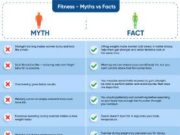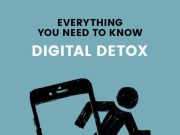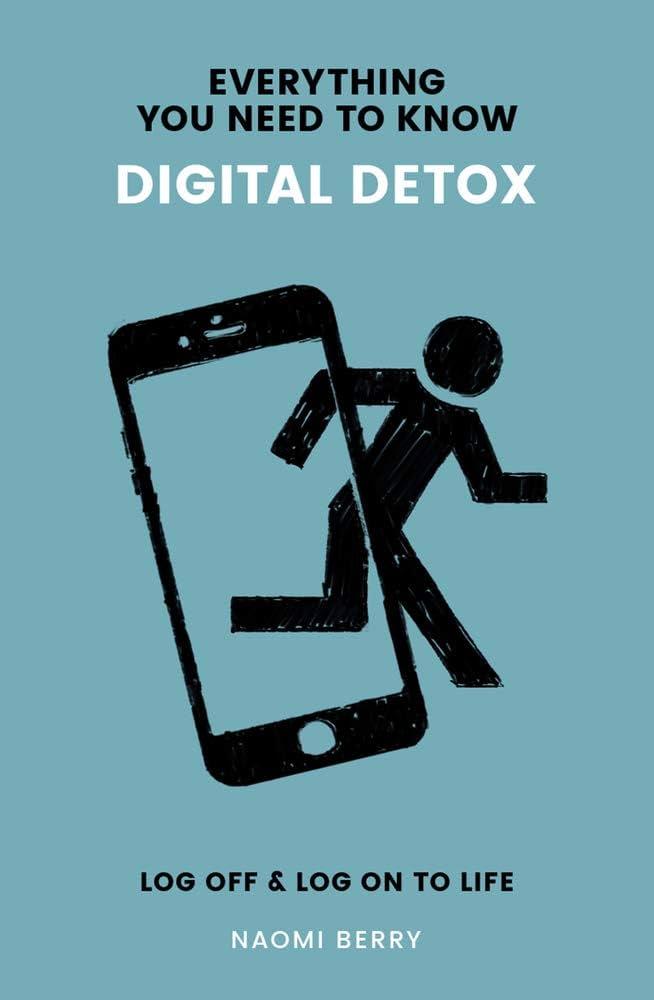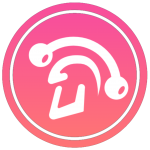In a world where screens have become our constant companions, the concept of a digital detox is gaining traction. Imagine a day without the incessant ping of notifications, the endless scroll through social media feeds, or the temptation to check emails at every idle moment. It sounds refreshing, almost idyllic, yet also slightly daunting. As our lives become increasingly intertwined with technology, the question arises: Is a complete digital detox truly necessary, or is it an overreaction to the inevitable march of progress? This article delves into the intricacies of our digital dependence, exploring the potential benefits and drawbacks of unplugging entirely. Join us as we navigate the complex landscape of modern connectivity and consider whether a temporary escape from the digital realm is a path to rejuvenation or merely a fleeting trend.
Exploring the Myths and Realities of Digital Detox
In today’s hyper-connected world, the concept of a digital detox often conjures images of unplugging entirely from our devices, leaving behind a trail of unread notifications and emails. However, the idea that a complete disconnection is necessary might be more myth than reality. While stepping away from screens can certainly offer a refreshing break, it’s important to recognize that technology is an integral part of modern life. Rather than a total withdrawal, a more balanced approach could be beneficial. Consider these strategies:
- Mindful Usage: Practice intentional screen time by setting specific times for checking emails or social media, allowing you to engage without feeling overwhelmed.
- Tech-Free Zones: Designate certain areas or times in your home as tech-free to foster genuine connections and relaxation without the lure of digital distractions.
- Quality Over Quantity: Focus on using technology for meaningful interactions and learning, rather than mindless scrolling or binge-watching.
By implementing these strategies, individuals can enjoy the benefits of a digital detox without the need for a complete digital blackout. This balanced approach not only helps maintain productivity and connection but also supports mental well-being in a tech-centric world.

Understanding the Psychological Impact of Constant Connectivity
In today’s hyper-connected world, the line between online and offline life has become increasingly blurred, raising concerns about its psychological ramifications. The ubiquitous presence of smartphones, social media, and instant messaging has led to a state of constant connectivity, often resulting in mental fatigue and heightened stress levels. This pervasive connectivity can lead to a phenomenon known as “technostress,” where individuals feel overwhelmed by the sheer volume of digital communication and the pressure to remain perpetually available. Mental health professionals have observed a rise in anxiety and depression linked to this relentless digital engagement, as it disrupts natural cognitive processes and interferes with the essential downtime the brain needs to recuperate.
Several psychological impacts have been identified, including:
- Attention Fragmentation: Constant notifications and alerts can break focus, leading to decreased productivity and an inability to engage deeply with tasks.
- Sleep Disruption: The blue light emitted by screens can interfere with the body’s natural sleep cycle, resulting in insomnia and fatigue.
- Reduced Face-to-Face Interaction: Over-reliance on digital communication can hinder the development of interpersonal skills and emotional intelligence.
While the notion of a complete digital detox might seem appealing, it’s not always practical or necessary. Instead, adopting a mindful approach to technology use, such as setting boundaries and prioritizing offline activities, can help mitigate these negative effects without entirely disconnecting from the digital world.
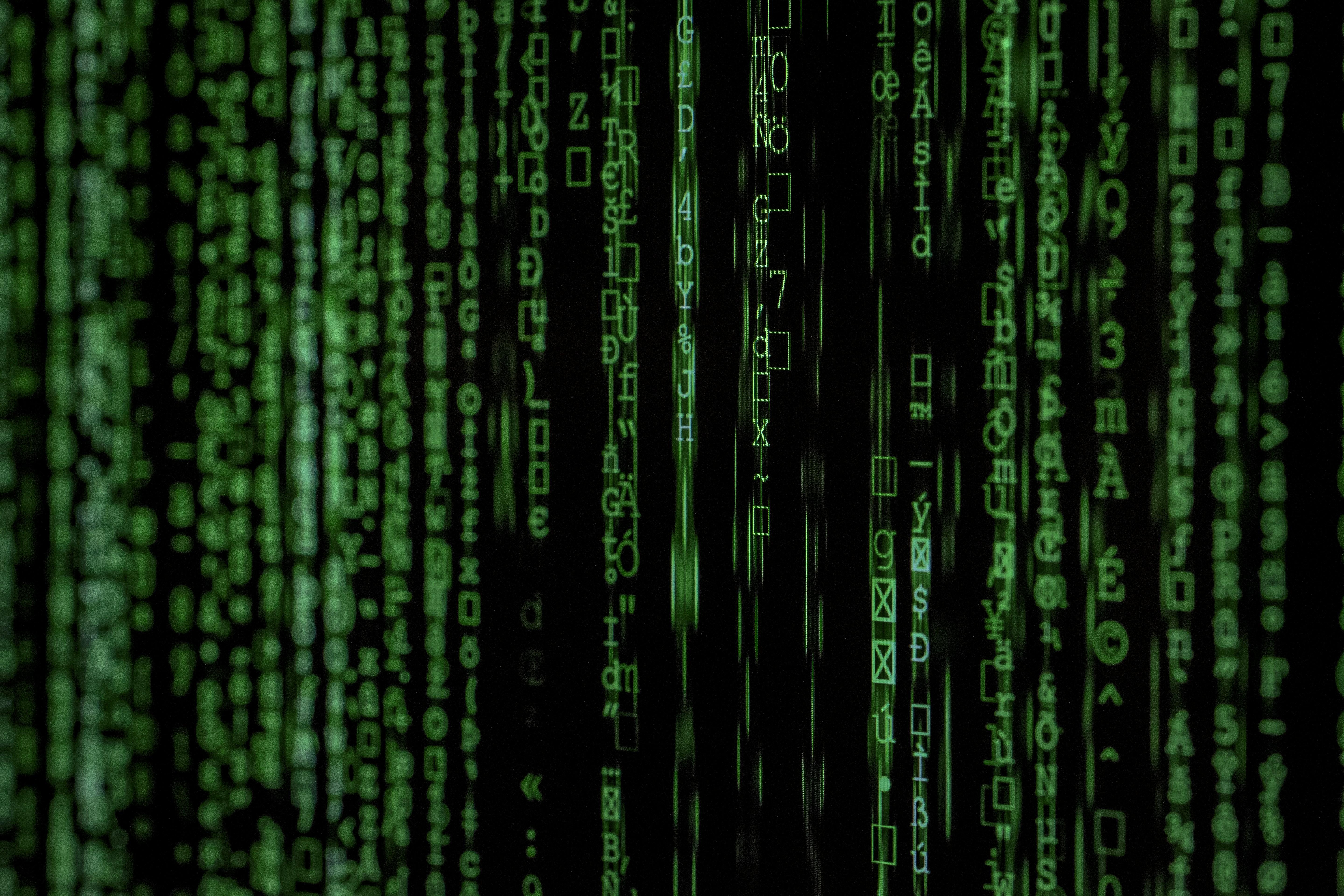
Practical Strategies for a Balanced Digital Life
In today’s hyper-connected world, achieving a harmonious digital life doesn’t always mean cutting off all digital ties. Instead, embracing practical strategies can be more effective in maintaining balance. One approach is to set specific times during the day when you unplug from devices, allowing your mind to refresh and refocus. This can be during meals, an hour before bed, or during your morning routine.
- Establish tech-free zones in your home, such as the dining area or bedroom, to encourage more face-to-face interactions and restful sleep.
- Utilize apps that monitor and limit screen time to ensure you’re aware of your digital habits.
- Engage in offline hobbies that excite you, be it reading, hiking, or painting, to cultivate a sense of fulfillment beyond screens.
By implementing these strategies, you can nurture a digital life that supports rather than detracts from your overall well-being, without the need for an extreme detox.
Finding Your Personal Path to Digital Well-being
Embarking on a journey to enhance your digital well-being doesn’t necessarily require a full disconnect from the digital world. Instead, consider the beauty of balance and mindfulness in your tech interactions. Begin by identifying which digital activities enhance your life and which ones drain your energy. Acknowledge the tools that offer genuine connection and joy while recognizing the ones that fuel stress and distraction. This approach allows for a personalized digital experience that caters to your unique lifestyle and needs.
Here are some strategies to cultivate a healthier relationship with technology:
- Set Boundaries: Designate tech-free zones or times in your day, such as during meals or before bedtime.
- Mindful Consumption: Choose content that enriches your mind and soul rather than mindlessly scrolling through feeds.
- Reflect Regularly: Periodically assess your digital habits and adjust them to align with your well-being goals.
By thoughtfully crafting your digital interactions, you create a sustainable path to well-being that embraces technology without letting it overwhelm you.







